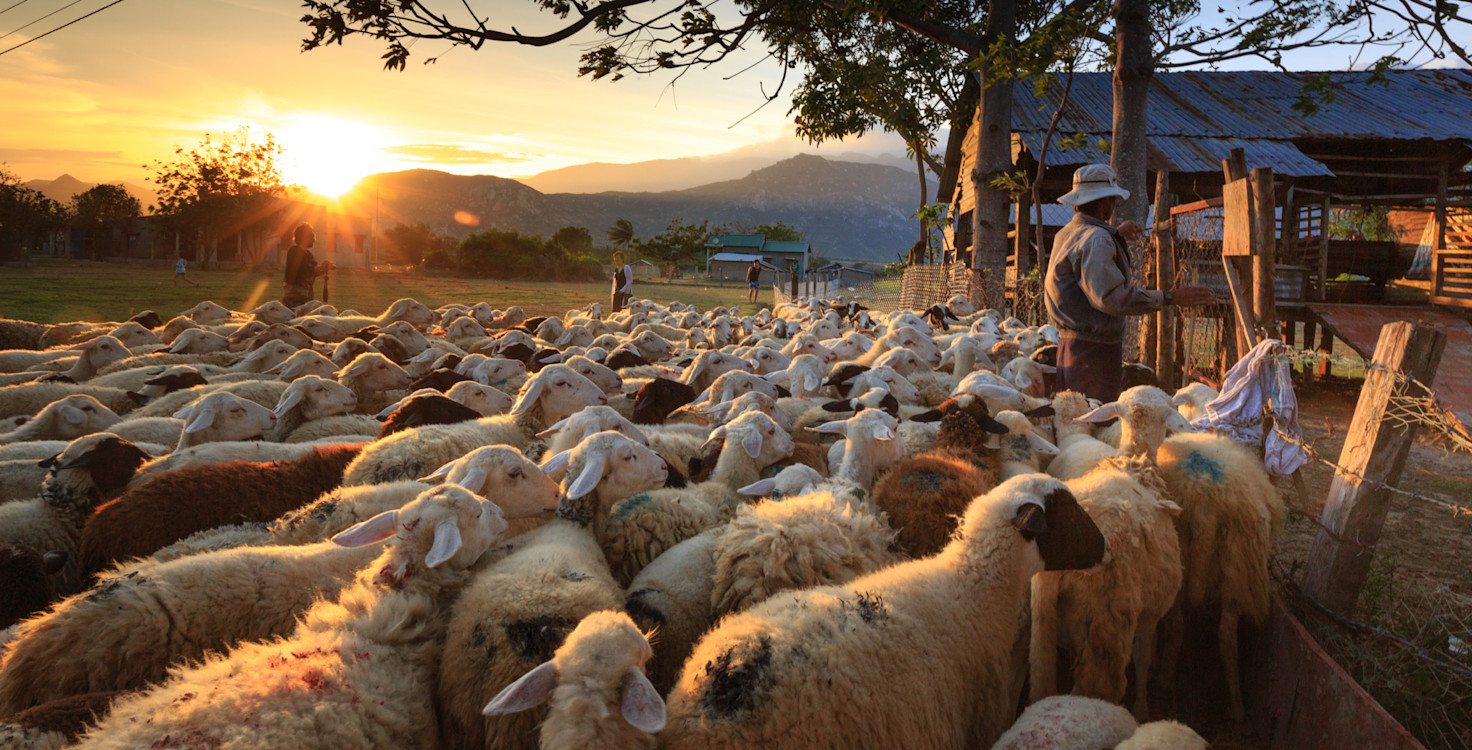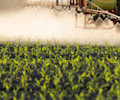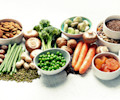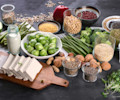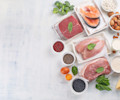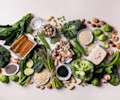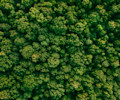The new Coller FAIRR Index will launch in a few months, so we’ve been looking extensively at what animal protein producers are doing to manage environmental risks, human health impacts, and other financially material sustainability issues that pose risks to investors.
It is becoming increasing clear that to provide a growing population with enough protein to thrive, we will need some markets to shift to more plant-based diets. Plant-based products and meat alternatives are growing at an impressive rate, but until these new technologies can provide scalable and equitable protein solutions for both developed and developing markets, much of global demand will be met with animal protein. As investors and consumers explore the transition to a more sustainable food system, there remains therefore a wide interest in sustainability best practices within the animal protein industry.
So, what are we learning from our research on what those best practices might look like? In this blog I consider three examples of innovations or best practice related to animal feed…
1. Use of algae for livestock and aquaculture feed
Livestock emissions, mainly from the methane contained in cow burps, contribute approximately 14.5% of global greenhouse gas emissions, more than all the world’s cars, planes and trains put together. So recent evidence that feeding marine algae to cows could significantly reduce the sector’s emissions is highly encouraging.
Preliminary research has indicated that just a small amount of marine algae added to cattle food can reduce a cow’s methane emissions by as much as 99%[1]. The algae is thought to influence the way millions of microbes in a cow’s guts process and ferment high-fibre foods, reducing the methane that is emitted from this process.
It is an idea that has been welcomed in the industry, finding support from the Irish Farmers’ Association[2]and from California where regulation has been introduced to call for dairy farmers to cut methane emissions from their 1.7 million cows by 40% over the next decade[3].
FAIRR’s upcoming aquaculture report also highlights algae as a potential new ingredient in fish feed. Most farm-produced fish are currently fed on fishmeal, making the industry highly dependent on rapidly-depleting wild fish stocks for future growth. It is thought that a quarter of the world’s commercially caught fish is used for fishmeal production[4]. Algae as a potential feed ingredient is an idea reportedly being trialled by Skretting, a global producer of farmed fish feed.
2. Pasture-based systems based on healthy soils and husbandry best practice
Globally, over 70% of farmed animals are based in factory farms, meaning they are generally fed on corn or soy-based feeds grown in vast monocultures. By contrast farms rearing cows on a mainly grass-based diet can reduce food companies’ animal welfare and climate risks.
Good practices in this area include husbandry that monitors the health of the soil and cultivates it through methods such as crop rotation or holistic planned grazing (which manages the time grazing stock spend on any given area)[5].
Another emerging area of best practice is closed loop farming, which is essentially a system that generates no waste. In a closed loop system a farm recycles all nutrients and organic matter back to the soil. This preserves the nutrient and carbon levels within the soil and allows farming to be carried out on a sustainable basis using less inputs. It also leads to improved soil structure and soil organic matter and supports carbon sequestration. Food produced from this form of agriculture tends to contain higher levels of essential fatty acids for improved human health.
This is a system that may not have the scale to replace industrial farming but could be an important part of overall protein supply.
In a case study for FAIRR New Zealand farmland manager Craigmore Sustainables explain that pasture-based grazing for dairy cows is also good business because it leads to more lactation cycles, compared to those cows reared in grain-fed intensive indoors systems. Chairman Nick Tapp explained, “Pasture based cows who walk to feed themselves on pasture, and to the parlour twice a day for milking may produce less milk, but they will typically have four lactation cycles, whilst intensively farmed cows will average as few as two.”
3. Substituting insects for soybeans in animal feed
It’s no secret that the process of rearing livestock for meat production is one of the chief causes of deforestation. The vast scale of growing crops such as soy to create animal feed for chickens, pigs and other animals has led WWF to conclude that 60% of global biodiversity loss is due to meat-based diets.[6]
For instance, as explored in one of my previous blogs, in Brazil’s Cerrado savannah, 50% of its forest and native vegetation have been cleared in recent years to meet global agriculture demand, particularly to grow soy to be used as animal feed.[7]
One increasingly popular alternative is to use insect protein to produce animal feed instead of soy. Production of insect protein requires a negligible investment of capital or land and the approval of ‘insect meal’ for poultry feed is expected to be approved by the EU soon[8].
Insect larvae are grown in pens or trailers filled with trays covered with manure. When the flies have laid their eggs, the trays are transferred to a different container. There, they will develop into maggots that eventually reach the end of the larval life cycle.At this moment, they will be put into a heater or dehydrator device to dry them out. Once dry, they can be ground into a flour-like substance that can be added to the meal used to feed livestock, poultry, or fish.
While slightly labour intensive, these steps can easily be automated, introducing accuracy and tracking capabilities to the process along with lower production costs.
Of course, we should remain cautious of new technologies given that the health andthe animal welfare arguments have not yet been convincingly won by those who back insect protein… but it’s an interesting space to watch.
There is no doubt that a sustainable global food system will require a reduction in global levels of meat consumption and greater diversity in our diets to include alternative protein sources. But it’s also important for investors that the animal protein producers which they remain exposed to consider innovations and best practice techniques that can reduce the ESG risks they face.
References
[1] https://www.independent.co.uk/environment/cows-seaweed-methane-burps-cut-greenhouse-gas-emissions-climate-change-research-a8368911.html
[2] https://www.independent.co.uk/news/science/ireland-cows-methane-emissions-climate-change-supercows-james-cook-university-a7849646.html
[3] https://www.independent.co.uk/environment/cows-seaweed-methane-burps-cut-greenhouse-gas-emissions-climate-change-research-a8368911.html
[4]https://onlinelibrary.wiley.com/doi/full/10.1111/faf.12209
[5] https://sustainablefoodtrust.org/articles/biology-not-chemistry-will-save-our-soil/
[6] https://www.theguardian.com/environment/2017/oct/05/vast-animal-feed-crops-meat-needs-destroying-planet
[7] https://cerradostatement.fairr.org/about/
[8] https://www.allaboutfeed.net/New-Proteins/Articles/2018/9/Close-to-EU-approval-of-insect-meal-for-poultry-329970E/
FAIRR insights are written by FAIRR team members and occasionally co-authored with guest contributors. The authors write in their individual capacity and do not necessarily represent the FAIRR view.
